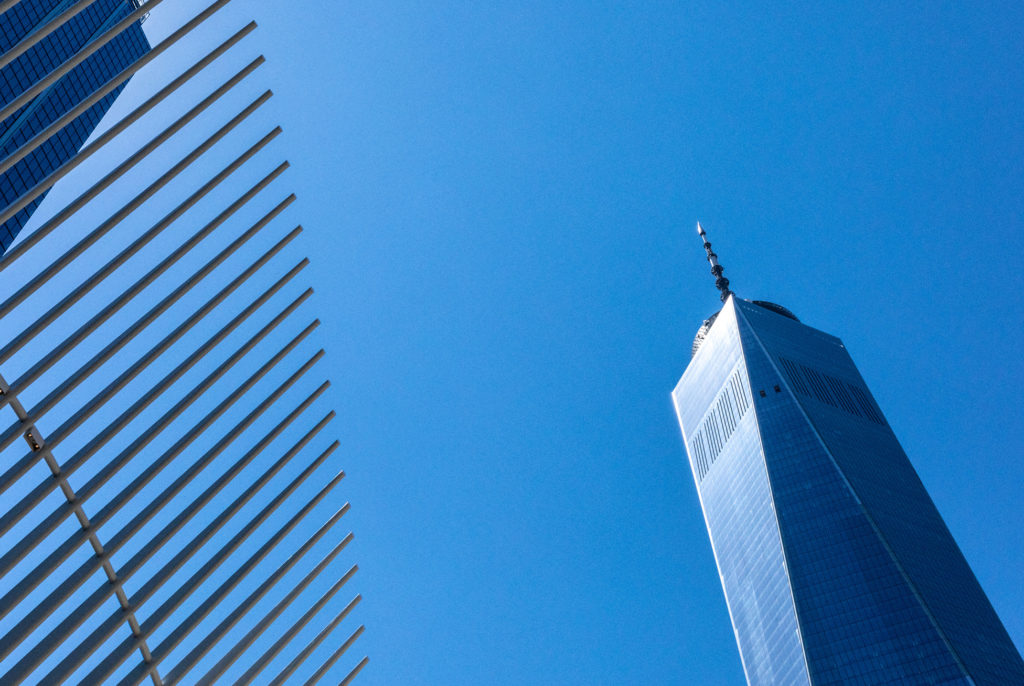For the past two weeks the world has been looking at world leaders, stakeholders and industry representatives gathering in Glasgow to find solutions on the pressing topics of our time. H&M Group has been actively involved in the conversations to take leadership on the fashion industry’s necessary transition.
News Article
H&M Group committed to taking action on climate beyond COP26

To make this transition possible and to meet the long-term climate goals, industry-wide collaboration is crucial. UN Climate Change Conference COP26 is a platform that has shown what is possible, bringing innovators, suppliers, customers and other partners on board to find innovative solutions. But it also showed that there is still a lot to do to significantly lower the fashion industry’s footprint. Together with H&M Group’s partners WWF, Ellen MacArthur Foundation, IPBES, Business for Nature and in industry-wide partnerships such as UNFCCC, World Economic Forum, Race to Zero, We mean business and the Fashion Pact, we aligned our actions in the following three key areas:
Climate
For us at H&M Group, energy efficiency, renewable electricity and shifting towards a circular business model remain the main cornerstones of our climate strategy. For years, we have been actively working towards our goals to achieve a climate positive value chain by 2040 and will continue to do so. We have aligned our ambitions with the Carbon-law and are committed to reduce 50% of our emissions every ten years, aiming for a reduction of 56% by 2030 (base year 2019). Our long-term vision is a fossil-free supply chain. One step that will get us closer to our long-term goals, is that from January 2022 we will no longer onboard suppliers to our supply chain that use on-site coal-based solutions to run their facilities. We will increase our investments going forward, build knowledge, expertise and use our local presence to align not only our ambitions but also our performance with science. One example of this work is our recently entered partnerships with renewable energy developers connected to our commitment to source 100 % renewable electricity in our own operations no later than 2030.
Biodiversity
The loss of nature and the climate crisis are interconnected and it’s not possible to tackle one without addressing the other. A recent report from IPCC and IPBES recognizes this interconnection and has identified actions to simultaneously fight the climate and nature crises. The industry’s use of raw material such as cotton or regenerated cellulosic fibers are impacting biodiversity and being an influential fashion company with a significant presence, H&M Group wants to be part of the solution in the global fight against biodiversity loss. Building on momentum from the recently published climate and nature case studies by Business For Nature and We Mean Business, Helena Helmersson, CEO of H&M Group, and Marco Lambertini, Director of WWF International, published a joint opinion piece – calling for companies to scale up action and governments to put in place essential policies to stop climate change and the loss of nature.
Circularity
A big component of H&M Group’s journey to become climate positive is about transforming into a circular business. A business that optimizes resources and minimizes waste by designing and producing fashion in a way that keeps the resources in use for as long as possible before repurposing or recycling them again and again. During COP26, H&M Group announced the upcoming launch of its circular design tool, which not only aims to enable its own teams to create products fit for a circular economy but also aims to invite others to do the same. The tool has been developed with guidance from a broad range of internal and external experts and will support the realisation of Ellen MacArthur Foundation’s vision of a circular fashion industry. Another important activity, besides reducing all unnecessary packaging – including single use plastic – and recirculating the packaging that we do need, is to prioritize the usage of post-consumer recycled content produced in factories run by renewable energy. The overall goal of H&M Group’s packaging strategy is to reduce packaging resources by 25% between 2018 and 2025.


